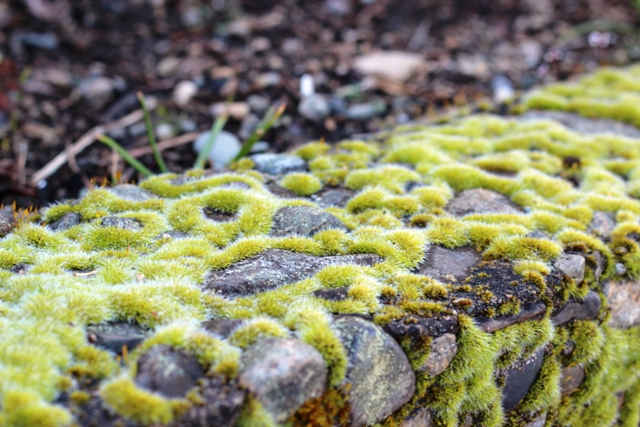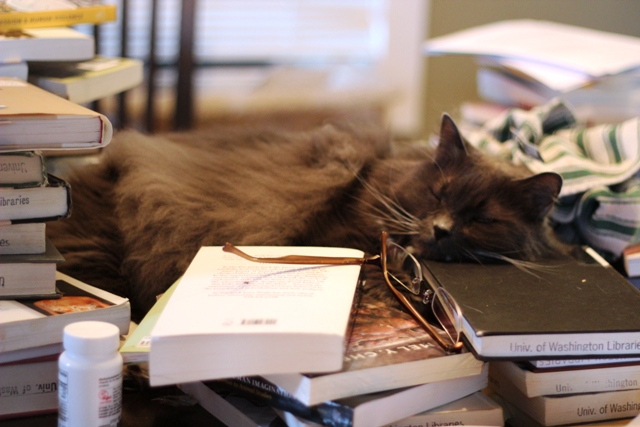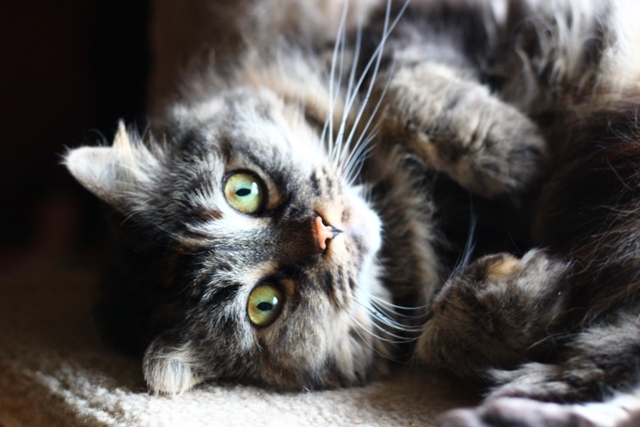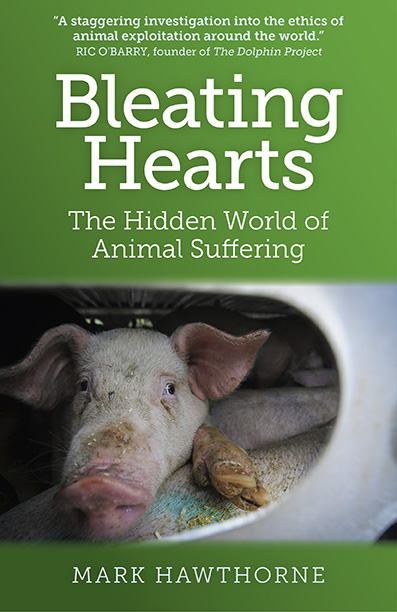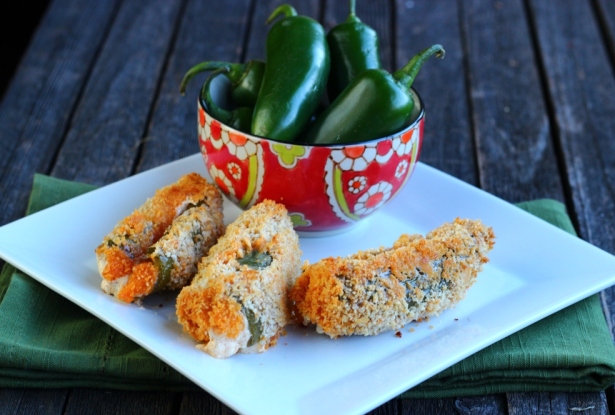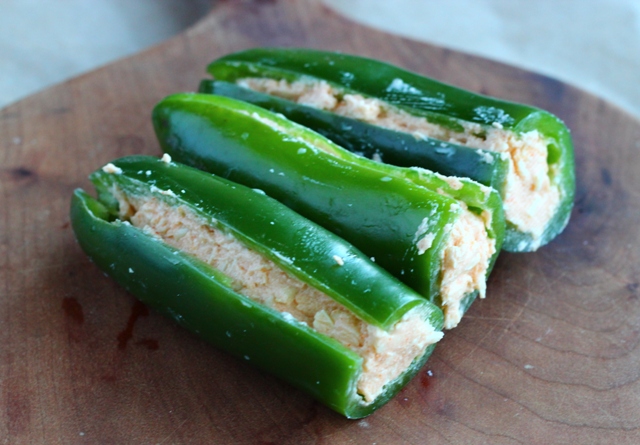This quarter, I’m teaching a class at University of Washington called ‘En Vogue: From Feathers to Leather’ about human and nonhuman animals in fashion. So far, we have spent the first four weeks focused on theoretical framing for the course and the human costs of the fashion industry, reading and watching documentaries about sweatshop labor, gender and race on the runway, and the shifting climate of the fashion industry from well-made lasting garments to fast-fashion. Like the food industry, the fashion industry has seen tremendous industrialization and acceleration of production, and consumers have responded by buying cheap, poorly made garments that end up being disposable within a season or two. The human labor, animal welfare, and environmental impacts have been tremendous.
Now, we are moving into the part of the course focused on nonhuman animals. This week is about giving some context for thinking about animal justice issues and we are reading one of my favorite texts for teaching: Making a Killing: The Political Economy of Animal Rights by Bob Torres (If you haven’t read it, it’s high on my ‘recommends’ list). We are also reading the chapter on animals in fashion from Bleating Hearts by Mark Hawthorne. From there, we move on to three weeks of case studies, looking at the reality of the fur, leather, feather, and wool industries. Finally, on to thinking about activism and what we can do. I plan to do some posts about the specifics of teaching this quarter, but for now, here is the description of the course and a link to the syllabus below, if you’re interested in seeing the readings for the course and assignments, etc.:
Vogue, Marie Claire, Elle. Gucci, Armani, Chanel. Karl Lagerfeld, Anna Wintour, Heidi Klum. Paris, New York, Milan. The modern fashion industry is an amalgamation of corporate media giants, designer brands, individual icons, and select urban centers. Fashion is also embodied in the functional, everyday choices we make about what to wear, how these articles of clothing contribute to the construction of our identities, and why we make the choices we do.
Thus, fashion is at once a celebration of the extraordinary, the astonishing, the unexpected and the ordinary, the mundane, the everyday. From the catwalks of Paris and Milan to the streets of Lynnwood and Tacoma, fashion—the clothing we wear—is connected to complex cultural, economic, political and ethical networks. And throughout time, animals have been deeply embedded at the heart of these networks through the use of their skin, their bones, their teeth, their hair, their feathers, their tails and other body parts in human fashion. These industries use various bodies and labor—human and animal—in commodity production.
Animal use is ubiquitous in fashion and this course uses animals and fashion as a lens to get at three important intellectual sites of inquiry: 1) It will offer students the chance to explore the complex political, economic, and cultural dimensions of a multi-billion dollar industry with relevance for their everyday experience, 2) it will encourage students to reflect on the personal, ethical, and intellectual dimensions of human/animal relations in specific empirical and more theoretically abstract ways, and 3) it will ask students to explore the ways in which aesthetics and a culture of consumption are deployed to obscure the exploitation of humans and animals alike in sites of commodity production.
In addition to the more overt explorations of animal justice in the fur, leather, feather, wool, silk, and bone industries, the course material also addresses issues of human and environmental justice. Humans and the environment, like animals, are made vulnerable by the production and reproduction of fashion trends and the networks that promote these trends. Thus, students will begin by engaging with questions of vulnerable economies of export around the globe, sweatshop and child labor, environmental destruction and toxic effects of the fashion industry. An intersectional approach not only connects social justice issues of animals, humans and the environment to each other, but it also acts as a location for students to personally engage with these issues on their own terms.
Students are asked to come to the first day of class having recently read Aldous Huxley’s Brave New World to spark a conversation about cultures of consumption and the power of aesthetics. Within the context of thinking about aesthetics and consumption, the first part of the course develops an empirical and theoretical base informed by a Marxist social anarchist critical theory and an intersectional approach to thinking about humans and animals in the fashion industry. Building on this framework the course will explore in four specific case studies of animal use in fashion—fur, feathers, wool and leather. Part 3 of the course is focused on thinking through how we think about ‘activism,’ ‘terrorism,’ and alternatives in the fashion industry. Finally, Part 4 is dedicated to students sharing what they’ve learned about their own chosen topics through in-depth final project presentations.
EnVogue_SyllabusWinter2014
Connect with Serenity in the Storm on Facebook, Instagram, Pinterest and/or Twitter. To check out and/or purchase Serenity in the Storm’s new e-book, Gently Raw, CLICK HERE.

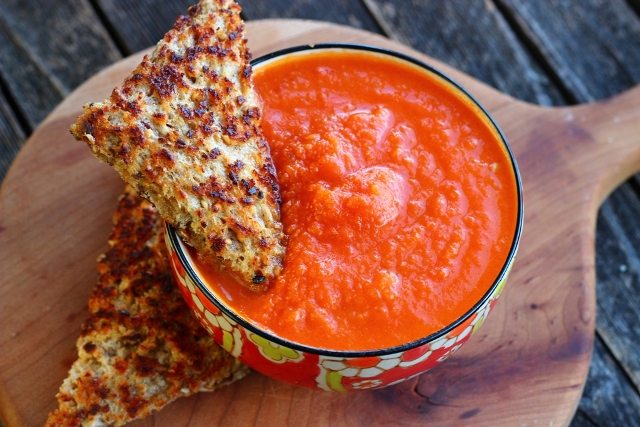
 Follow
Follow









